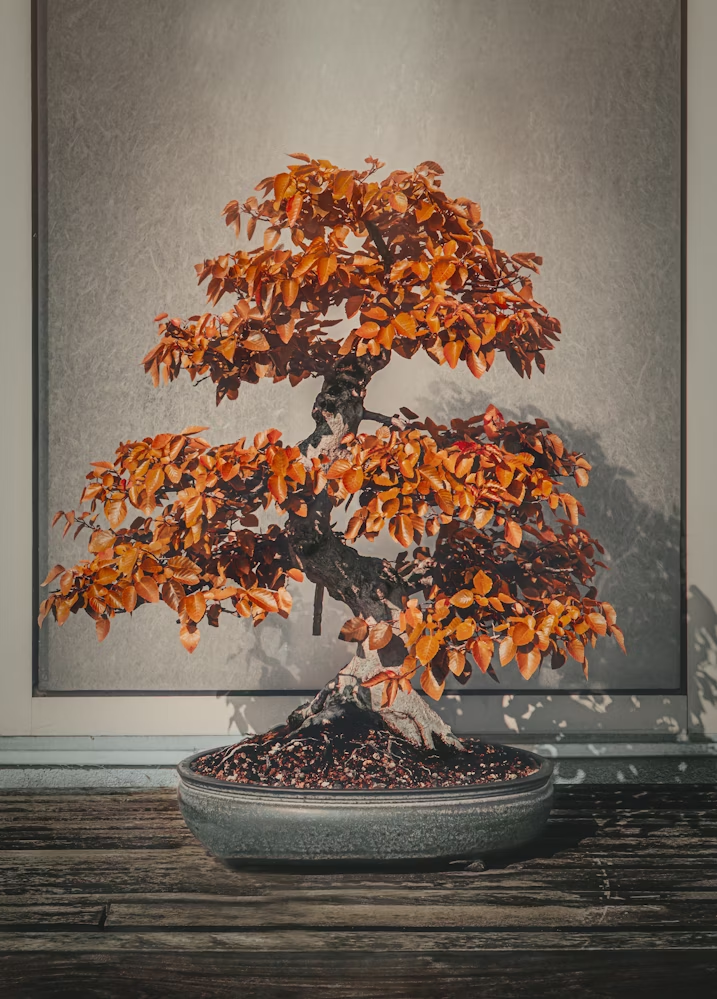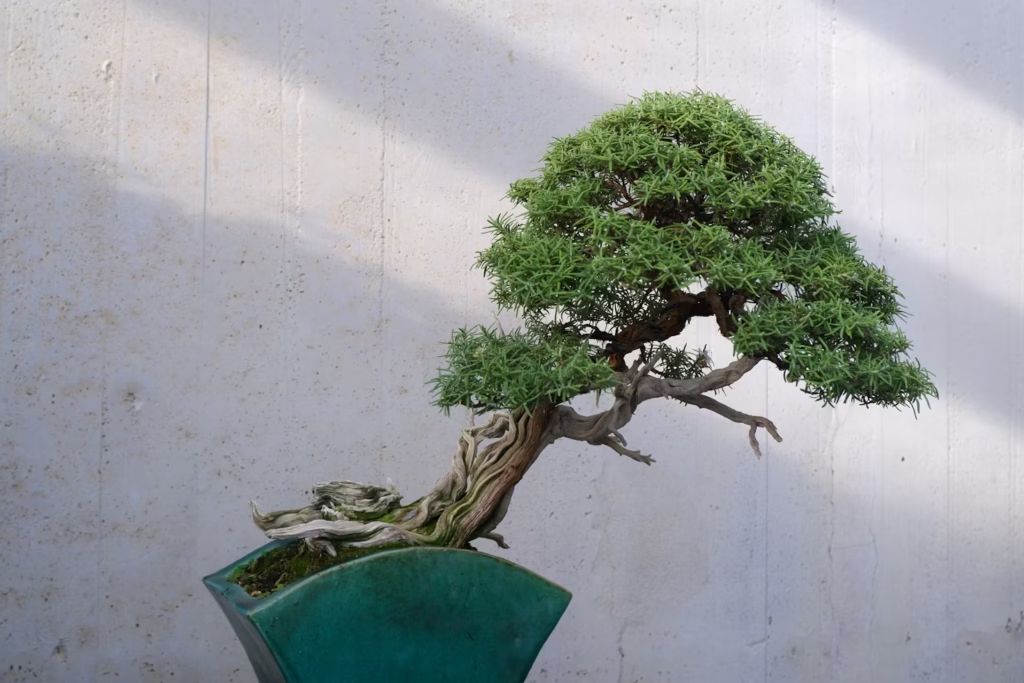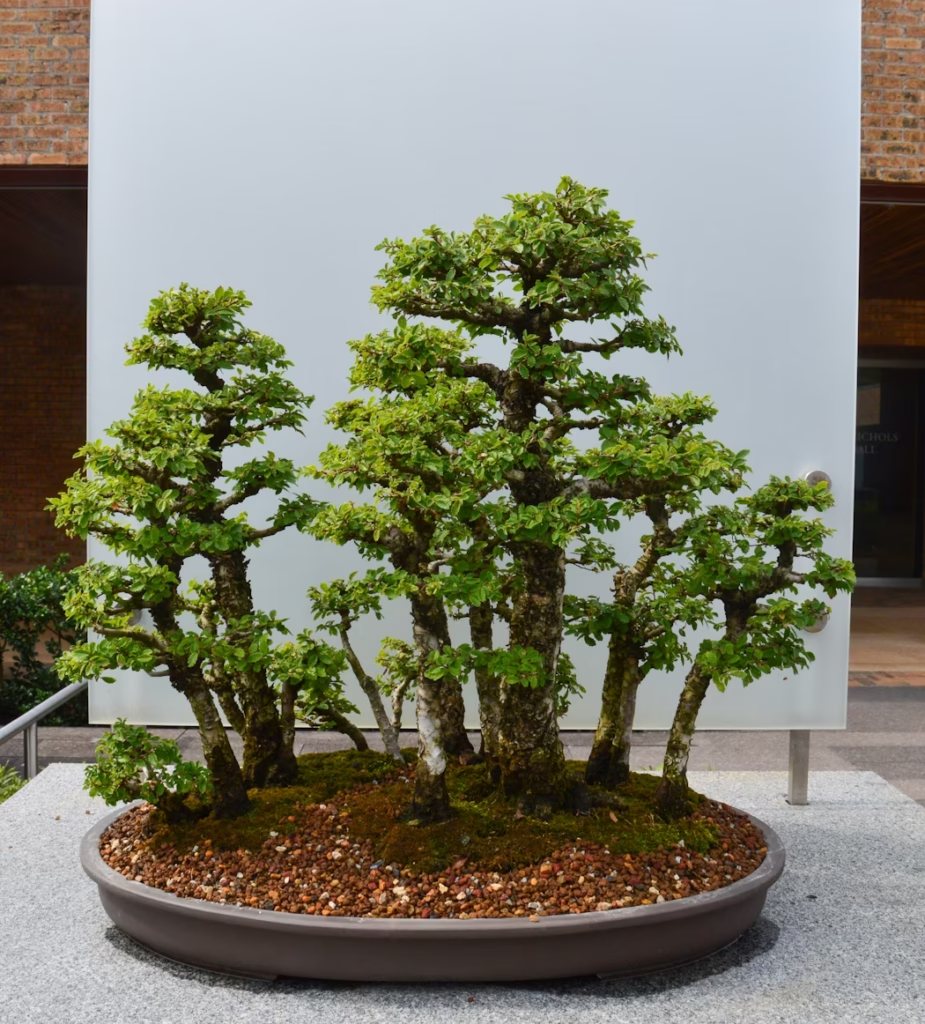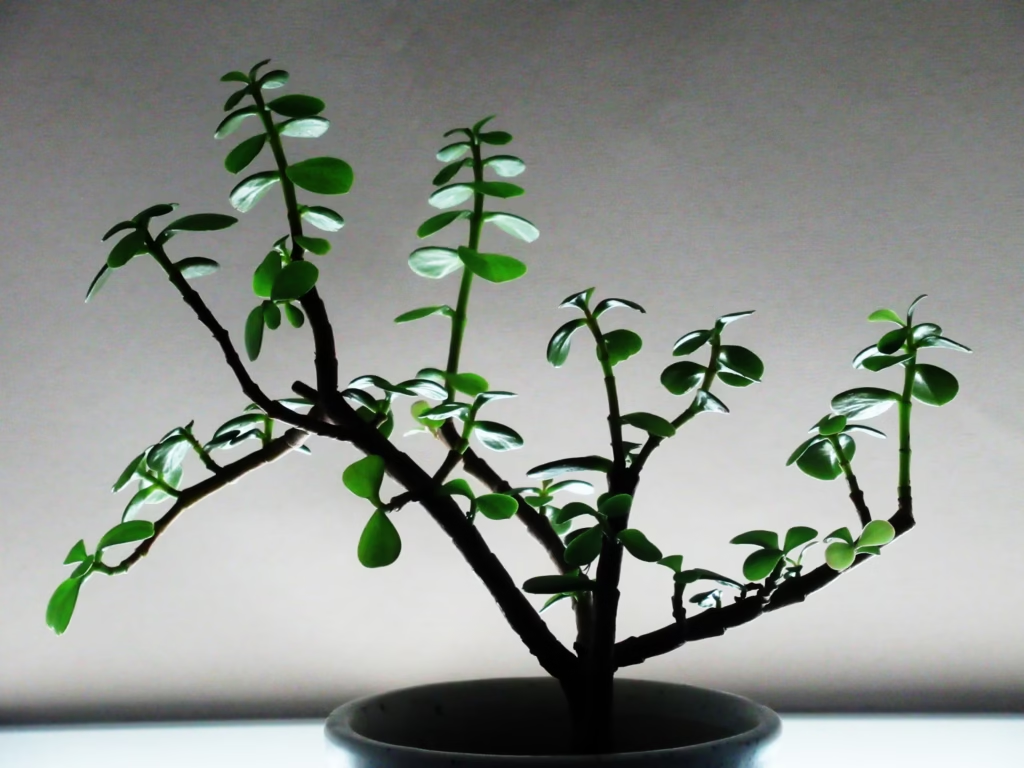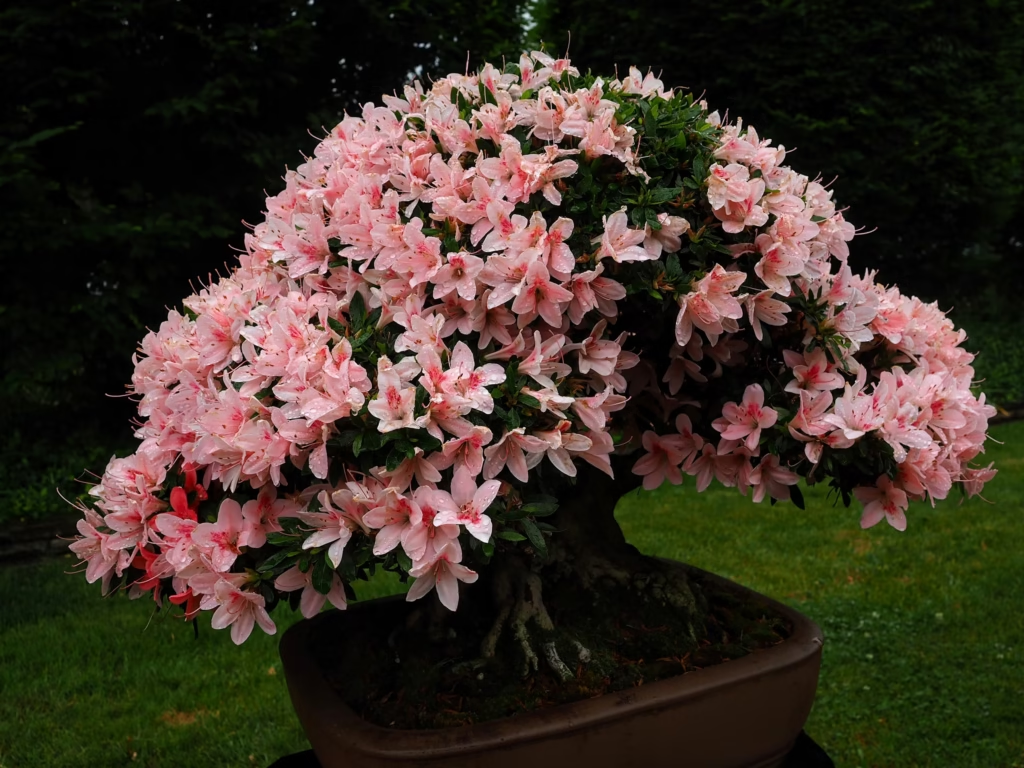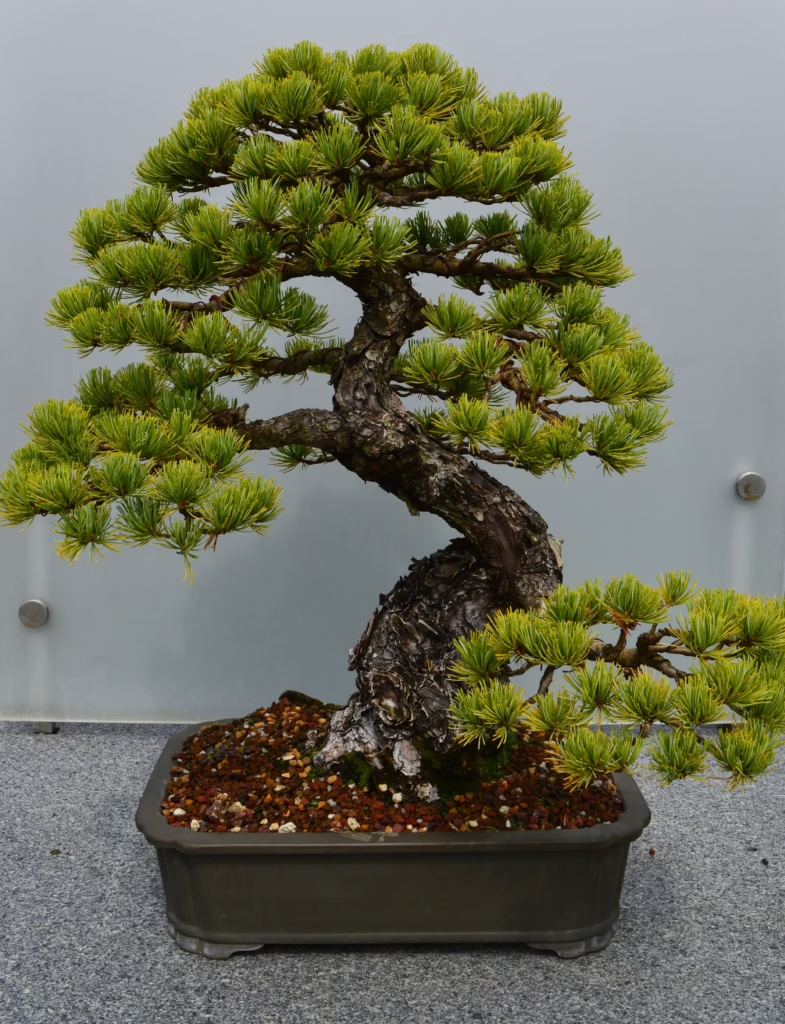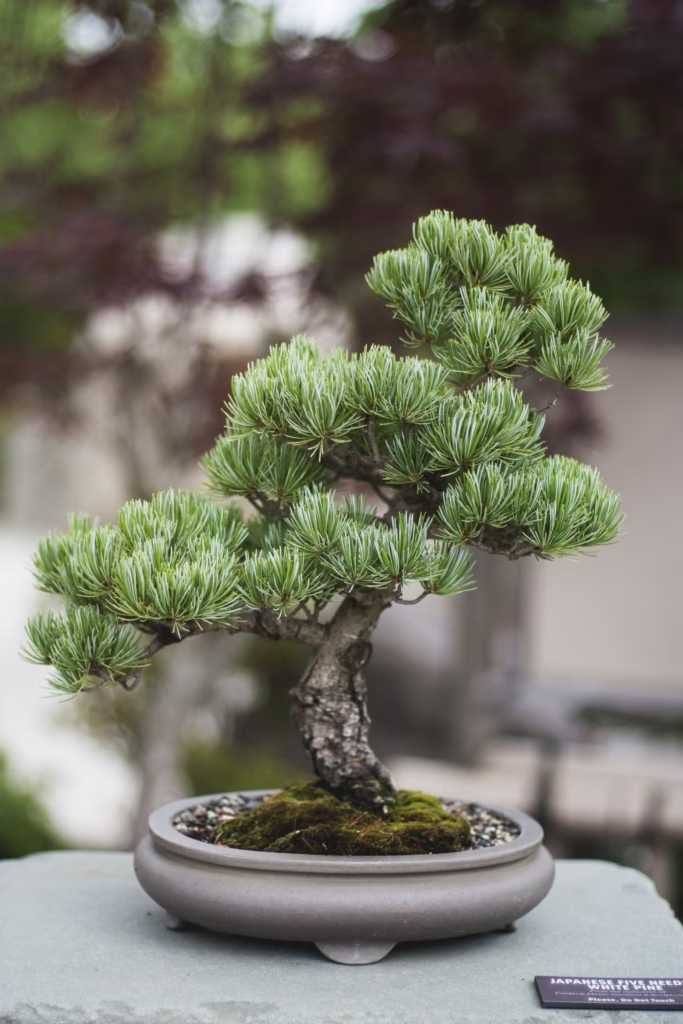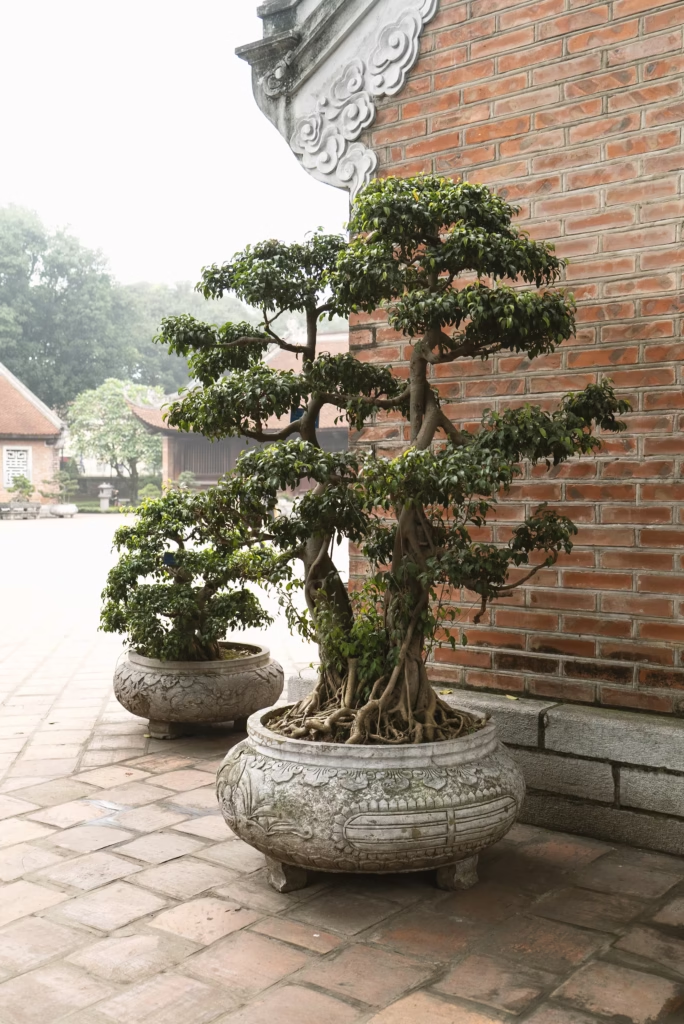
Creating a bonsai collection that brings color and beauty in every season is both rewarding and visually stunning. By carefully selecting trees and shrubs that change with the seasons, you can enjoy bursts of blooms in spring, lush growth in summer, fiery foliage in fall, and intriguing textures and colors in winter. With the right mix of species, your bonsai display can remain a vibrant part of your garden or indoor space all year long. Let’s explore how to use specific bonsai trees and shrubs to achieve color through every season.
Spring Bonsai for Colorful Beginnings
Spring is the season of new life and fresh color, making it an ideal time to showcase bonsai that flower or leaf out in stunning hues. Many traditional and flowering species begin their show in early to mid-spring, transforming bare branches into delicate cascades of color.
Japanese Larch (Larix kaempferi) stands out with its soft, bright green needles that emerge on bare branches. These deciduous conifers offer a unique look in early spring and develop into full green canopies as the season progresses. Their fresh color signals the arrival of spring and brings texture to a display.
Japanese Maple (Acer palmatum) is a spring favorite due to its wide variety of leaf colors and shapes. Some cultivars leaf out in soft reds, pinks, or bright greens, while others show variegated patterns. As the foliage unfolds, the tree provides a dynamic display that changes throughout the season.
Hawthorn (Crataegus spp.) is prized for its clusters of white or pink blossoms that cover the branches in late spring. These small trees not only offer flower color but also develop tiny berries later in the year, adding even more seasonal interest.
Wisteria (Wisteria floribunda) makes a dramatic spring statement. Its hanging clusters of lavender or violet-blue flowers provide one of the most striking floral displays in any bonsai collection. When trained properly, the long flower racemes drape elegantly from twisted trunks and branches.
Azalea (Rhododendron indicum) is another essential spring bloomer. These bonsai burst into bright pinks, reds, purples, or whites. With proper care and pruning, azaleas form dense canopies of flowers that nearly hide the foliage.
Cherry (Prunus serrulata) bonsai bring a sense of elegance and tradition. Their delicate pink or white blossoms symbolize renewal and beauty. While their flowering season is short, it’s one of the most anticipated and admired times in the bonsai calendar.
Summer Bonsai for Bright and Lush Displays
As temperatures warm and daylight lengthens, your bonsai garden can transition into a vibrant summer show. Summer is the time for thick foliage, fruiting trees, and bright floral accents.
Azalea continues to bring color into summer, especially with varieties that bloom twice or have extended flowering seasons. Their ability to thrive in summer heat, when well-watered, makes them a reliable source of color.
Pomegranate (Punica granatum) bonsai are valued for their showy red-orange trumpet-shaped flowers. These blooms often lead to miniature fruit, creating another layer of seasonal interest. Pomegranates also have attractive bark and unusual branching patterns that add visual appeal.
Pyracantha (Firethorn) offers summer blooms in creamy white clusters. Though modest compared to spring flowers, these blooms eventually give way to bright red or orange berries that persist into autumn and even winter. The glossy green foliage adds a refreshing summer contrast.
Cotoneaster brings small white or pink flowers that bloom in early summer. The flowers are subtle, but they quickly give way to vibrant red berries by late summer or early fall. Its dense branching and small leaves make it especially suited for bonsai shaping and refinement.
Autumn Bonsai for Fiery Foliage and Ripened Fruit
Autumn is the most colorful season for many deciduous bonsai. Leaves turn bright shades of red, orange, and gold, while fruiting trees offer pops of color from berries or mini apples. This season is all about texture and transition.
Acer Maple (Acer palmatum) once again takes center stage in fall. As temperatures drop, the leaves shift from green to brilliant hues of crimson, amber, and gold. The foliage often looks hand-painted and provides a dramatic contrast against the tree’s structure.
Crab Apple (Malus spp.) bonsai shine in autumn with small apples in shades of red, orange, or yellow. These fruit persist for several weeks and add a cheerful touch. Some varieties also have attractive fall foliage in shades of yellow or red.
Mountain Ash (Sorbus spp.) offers a combination of golden or scarlet fall leaves and bright clusters of orange-red berries. The slender leaves flutter in the breeze and light up a display with color and motion.
Beech (Fagus sylvatica) turns deep golden brown or copper as fall sets in. The leaves often stay on the branches well into winter, creating a textured look. Beech bonsai are also known for their smooth grey bark and elegant branching.
Birch (Betula spp.) showcases yellow-gold leaves in fall that contrast beautifully against white or silver bark. Their fine branching and slender trunks bring movement and grace to a fall bonsai scene.
Winter Bonsai for Subtle Beauty and Structure
Winter may seem like a dormant season, but it holds its own charm in the bonsai world. Many deciduous trees display their intricate branch structure, while evergreen and winter-blooming varieties bring texture and pops of color.
Black Pine (Pinus thunbergii) provides year-round greenery and striking form. Its dark green needles and rugged bark stand out in winter when most deciduous bonsai have shed their leaves. Pruning and wiring in late fall and winter helps maintain its sculptural beauty.
Winter Jasmine (Jasminum nudiflorum) adds bright yellow flowers to the winter scene. These blooms appear on bare green stems and provide cheerful color when few other plants are flowering. Its cascading form is ideal for bonsai trained in informal or semi-cascade styles.
Chinese Quince (Pseudocydonia sinensis) is another standout. Even after its leaves fall, the bark of this tree peels to reveal mottled patches of cream, pink, and tan. In early spring, it produces lovely pink flowers, but the trunk alone provides plenty of winter interest.
Crepe Myrtle (Lagerstroemia indica) combines striking bark with strong winter silhouette. As leaves drop, the smooth, multi-colored bark becomes a focal point. In warmer climates, it holds onto some color into early winter. Its summer flowers and fall foliage also make it a great year-round performer.
Designing a Bonsai Collection for All Seasons
To create a year-round display, choose a mix of flowering, fruiting, deciduous, and evergreen bonsai. Grouping your trees by season allows you to rotate them in and out of the spotlight. For example, you might highlight flowering bonsai in spring, leafy and fruiting trees in summer, colorful foliage in fall, and structural evergreens in winter.
Pay attention to pot color and shape to enhance each tree’s seasonal features. Bright glazed pots can highlight spring and summer blooms, while earthy tones complement fall foliage and winter bark.
It’s also important to plan for care through the seasons. Spring and summer require regular watering and feeding, while fall is the time to slow down on fertilizer and begin pruning. Winter calls for protection in colder zones, either through mulching, placing bonsai in cold frames, or moving them indoors if they’re tropical varieties.
Conclusion: A Living Calendar of Color
With thoughtful selection and seasonal care, your bonsai garden can become a living calendar, bringing joy and beauty each month of the year. From the soft greens of Japanese larch in spring to the crimson glow of maples in autumn, and from the flowers of azalea to the structure of black pine, bonsai for year-round color is both an art and a celebration of nature’s rhythm. Start by adding just one bonsai per season, and over time, grow your collection into a constantly evolving masterpiece.
Please be sure to check out my Gardening Blog Post Page for more tips on all types of gardening. Including Seed Saving, Seed Starting, Orchids, Water Gardening, Coldframe Gardening, Indoor Bulb Gardening, Hydroponics, Container Gardening, Mums, Herbs, African Violets, planting Bulbs, Flower Gardening, Vegetable and Fruit Gardening, Indoor Houseplants of all kinds, Cactus, Succulents, Hanging plants, Deer resistant plants and even Bird, Bee, Butterfly and Hummingbird Gardens!
